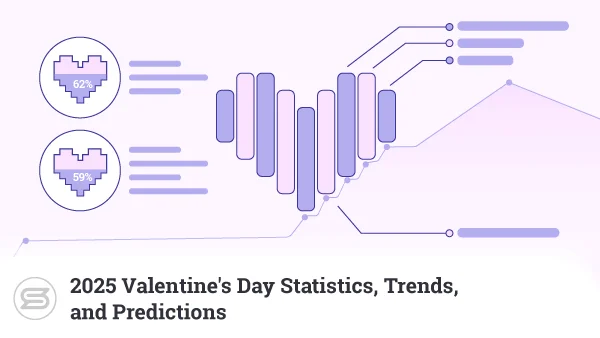- Key eCommerce Statistics For 2025
- General eCommerce Stats
- eCommerce shared 20.8% of the global retail market at the end of 2024 (Manaferra)
- Еcommerce market revenue in the US is predicted to increase by almost 53% between 2024 and 2029 (Statista)
- Retail eCommerce sales were estimated to exceed $4.1 trillion globally in 2024 (Statista)
- By 2027, 23% of retail purchases are expected to take place online (Forbes)
- 5% of all shopping will be done online by 2040 (Manaferra)
- Roughly 30% of grocery stores created an online shop during the pandemic (Search Logistics)
- The estimate of retail eCommerce sales for Q3 of 2024 in the US was $300.1 billion (U.S. Census Bureau News)
- eCommerce Stats by Country
- Asia leads the eCommerce market revenue ranking, boasting nearly $2 trillion (Statista)
- China itself accounts for 46.3% of global sales (Shopify)
- Turkey is predicted to rank first in the top 20 countries in retail eCommerce development between 2024 and 2029 (Statista)
- Online sales in Mexico and the Philippines will increase by 25% and 24%, respectively (Statista)
- In Europe, the UK is leading the eCommerce market size by country list, with an estimated $118 billion in revenue (Oberlo)
- 52% of people report shopping internationally (Forbes)
- Mobile eCommerce Statistics
- Experts estimate that mcommerce sales accounted for 44.6% of all retail eCommerce purchases in 2024 (Insider Intelligence)
- By the end of 2027, mobile commerce sales are expected to reach a staggering $3.43 trillion (Statista)
- Around 7.4% of 2024’s retail sales in the US were conducted through a mobile website or app (Insider Intelligence)
- Mobile shoppers spend twice as much compared to others (RubyGarage)
- Social Media eCommerce Statistics
- 87% of shoppers research products online before purchasing (Manaferra)
- 78% of American consumers say they’ve discovered at least one product on Facebook (Whatagraph)
- In 2024, global revenues generated through social media were expected to reach nearly $700 billion (Statista)
- 60% of shoppers have made a purchase when prompted by an email (Manaferra)
- eCommerce Shopper Behaviour Statistics
- Amazon leads the chart of the biggest consumer internet and online service companies globally (Statista)
- Online shoppers purchase around five products per order on average (Statista)
- 44% of people buy clothes, shoes, or accessories online (Eurostat)
- Optimized top product titles get 250% more clicks (DataFeedWatch)
- In 47% of cases, shoppers abandoned carts because of additional costs (Forbes)
- COVID-19 eCommerce Statistics
- Shopping app engagement surged by 40% during the first months of lockdown (Marketing Dive)
- The average share of Web users who bought something online reached 60% after the pandemic (UNCTAD)
- There was a 19% increase in worldwide eCommerce revenue pre-and-post COVID-19 in 2020 (International Trade Administration)
- Wrapping it Up
- Frequently Asked Questions
- Sources
29 Eye-Opening eCommerce Stats for Online Success
Here’s a question – how many online purchases have you made this month?
Probably a few already. It should come as no surprise that the eCommerce industry is thriving, its numbers growing constantly.
Interested in the newest trends? Look no further, we’ve gathered the latest eCommerce stats to fill you in:
Key eCommerce Statistics For 2025
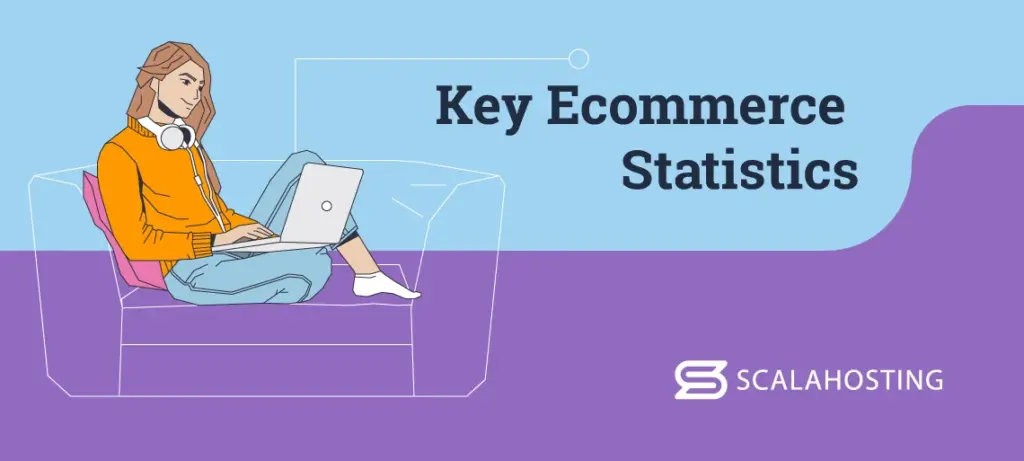
- We will be doing 95% of all shopping online by 2040.
- Asia is the leader of the eCommerce market when it comes to revenue, with an expected $2 trillion in sales in 2025.
- Philippines and India are the number one fastest-growing eCommerce markets.
- 57% of shoppers purchase goods internationally.
- People get less than three products per order on average.
- Shoppers will abandon carts because of additional costs in 48% of the cases.
- 60% of people have purchased goods when prompted by an email.
General eCommerce Stats

Want to know which is the biggest eCommerce market? Or maybe you’re wondering what items people buy the most? Here’s what eCommerce statistics show:
eCommerce shared 20.8% of the global retail market at the end of 2024 (Manaferra)
eCommerce has been steadily cementing its place as a key player in the retail world. Factors in play are the wider choice, access to stores worldwide, and, of course, the pandemic.
Еcommerce market revenue in the US is predicted to increase by almost 53% between 2024 and 2029 (Statista)
That equals $657.8 billion. The peak will reach $1.88 trillion in 2029.
Retail eCommerce sales were estimated to exceed $4.1 trillion globally in 2024 (Statista)
Buying and selling goods online became somewhat of a norm, thanks to the pandemic, and in the early 2020s, the eCommerce business peaked.
Now that the effects of COVID-19 have subsided a bit, the surge has plateaued to an extent.
By 2027, 23% of retail purchases are expected to take place online (Forbes)
Retail includes apparel, food, homeware, electronics, appliances, and more.
The number might seem insignificant, but things will take a drastic turn in less than 20 years.
5% of all shopping will be done online by 2040 (Manaferra)
The world is slowly moving online. It makes sense that, at some point, we’ll do all of our shopping on the Web.
Roughly 30% of grocery stores created an online shop during the pandemic (Search Logistics)
As a nod to the previous eCommerce stat, this one clearly shows how most businesses are progressing toward the digital world.
The estimate of retail eCommerce sales for Q3 of 2024 in the US was $300.1 billion (U.S. Census Bureau News)
That marks an increase of 2.6% from Q2 of 2024.
eCommerce Stats by Country
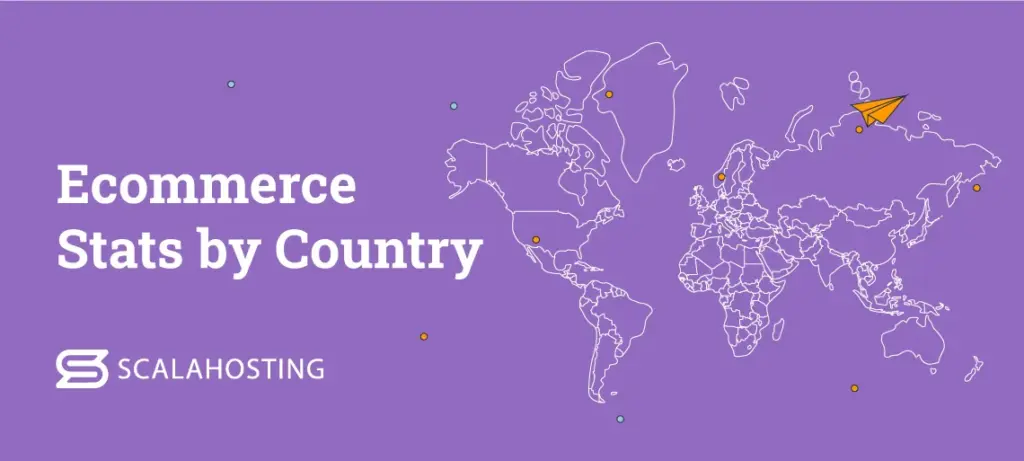
Asia leads the eCommerce market revenue ranking, boasting nearly $2 trillion (Statista)
It is followed by America with $1.5 trillion and Africa with less than $50 billion.
China itself accounts for 46.3% of global sales (Shopify)
In 2023, the sales hit just over $2.8 trillion. The country also has the most digital buyers – 39.5% or 842.1 million.
Turkey is predicted to rank first in the top 20 countries in retail eCommerce development between 2024 and 2029 (Statista)
This marks an annual growth of 11.58%. Turkey is closely followed by Brazil and India, with 11.56% and 11.45%, respectively.
Online sales in Mexico and the Philippines will increase by 25% and 24%, respectively (Statista)
That puts them on top of the list with the highest growth rates. Brazil and Argentina also make the cut, with a growth of over 15%, outpacing the US.
In Europe, the UK is leading the eCommerce market size by country list, with an estimated $118 billion in revenue (Oberlo)
Germany comes second, with $89.7 billion. Third place is for France, with $60.6 billion.
52% of people report shopping internationally (Forbes)
Online shopping enabled us to get goods from all over the world, presenting new opportunities for both shoppers and business owners.
Mobile eCommerce Statistics
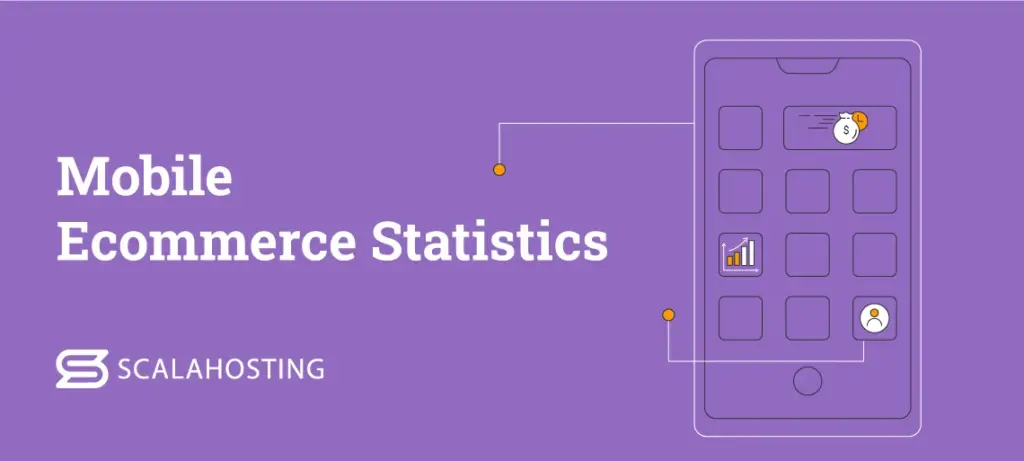
Experts estimate that mcommerce sales accounted for 44.6% of all retail eCommerce purchases in 2024 (Insider Intelligence)
That’s an almost 1.2% jump compared to 2023. Back then, mcommerce purchases accounted for 43.4% of total online retail sales.
By the end of 2027, mobile commerce sales are expected to reach a staggering $3.43 trillion (Statista)
This will account for around 62% of all eCommerce sales.
Around 7.4% of 2024’s retail sales in the US were conducted through a mobile website or app (Insider Intelligence)
The trend is expected to continue as mobile device usage grows further.
Mobile shoppers spend twice as much compared to others (RubyGarage)
Mcommerce statistics also show that 78% of people prefer to use an app store instead of a mobile website.
Social Media eCommerce Statistics
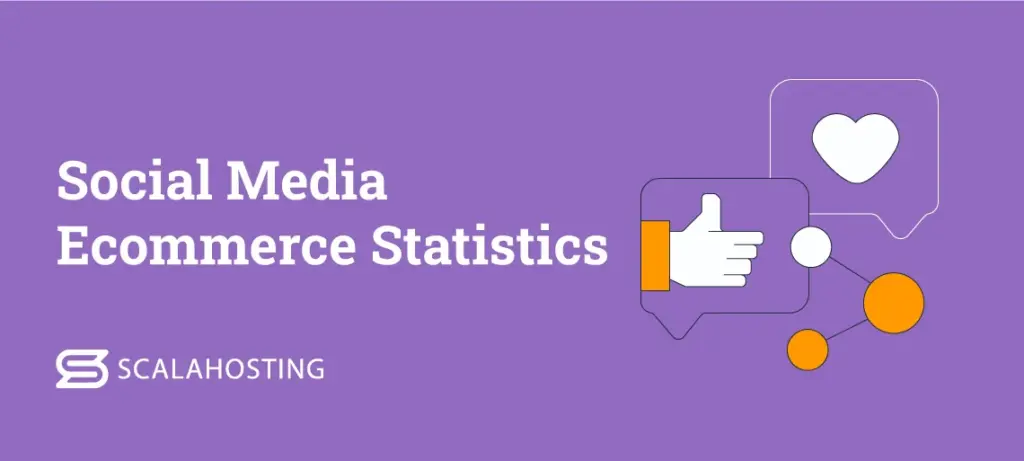
87% of shoppers research products online before purchasing (Manaferra)
74% of all shoppers get informed via social media about products, discounts, and overall purchasing options.
78% of American consumers say they’ve discovered at least one product on Facebook (Whatagraph)
Mark Zuckerberg’s network is responsible for over 80% of all social referral shares to eCommerce and retail websites in the US.
In 2024, global revenues generated through social media were expected to reach nearly $700 billion (Statista)
That’s an increase of a whopping 23% over the previous year.
60% of shoppers have made a purchase when prompted by an email (Manaferra)
While not exactly social media, emails have a great ROI as a marketing tool. In fact, for every dollar spent on that, there’s an average return of $44.
eCommerce Shopper Behaviour Statistics
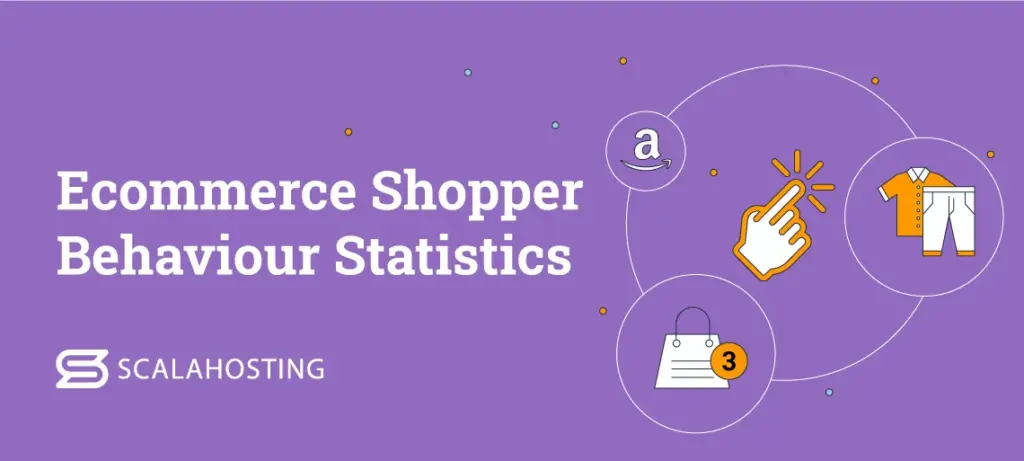
Amazon leads the chart of the biggest consumer internet and online service companies globally (Statista)
Its market cap has grown from $1.34 trillion in June 2023 to $2.38 trillion in January 2025. To put Amazon’s dominance into perspective, Alibaba, the second biggest company on this list, has a market cap of around $206 billion as of January 2025.
Online shoppers purchase around five products per order on average (Statista)
The exact number of units per transaction depends on the season. 2024’s highest number was reached in February (5.12).
44% of people buy clothes, shoes, or accessories online (Eurostat)
The next popular category is food, with 19% of shoppers ordering from restaurants and catering services. Last but not least, 18% of people shop online for beauty and wellness products.
Optimized top product titles get 250% more clicks (DataFeedWatch)
If you want your product to shine on the Google Ads platform, you need to optimize your title for the search engine. This will make them more visible and increase click-through rate (CTR) and conversion rates.
In 47% of cases, shoppers abandoned carts because of additional costs (Forbes)
Those include shipping, taxes, and fees. 25% of users will bounce if the shop demands they create an account.
COVID-19 eCommerce Statistics

Shopping app engagement surged by 40% during the first months of lockdown (Marketing Dive)
The estimated cost to acquire a first-time shopper was halved.
The average share of Web users who bought something online reached 60% after the pandemic (UNCTAD)
In 2019, the number was lower, though not drastically – 53%.
There was a 19% increase in worldwide eCommerce revenue pre-and-post COVID-19 in 2020 (International Trade Administration)
The biggest growth was noticed in the Food and Personal Care products sectors.

Wrapping it Up
The world is slowly transforming into one digital environment. eCommerce statistics show that now’s a great time to move your business online.
One of the main pillars of a successful digital shop is web hosting. Your best bet? – a high-performing managed VPS solution. At ScalaHosting, we have years of experience behind our backs, and our offers cover all the essential eCommerce aspects – speed, reliability, and security.
Contact us today to learn more!
Frequently Asked Questions
Q: How big will the eCommerce industry be in 2025?
A: With over a third of the world’s population shopping online, the eCommerce industry is expected to reach a value of around $6.8 trillion by the end of 2025. By 2027, it will be worth $8 trillion.
Q: What is the fastest-growing eCommerce market?
A: Mexico and the Philippines are the fastest-growing eCommerce markets currently. Online sales are expected to increase by 25% and 24%, respectively. Next are Brazil and Argentina, with 15% predicted growth.
Q: What is the busiest time of the year for eCommerce?
A: Black Friday sales in November and the Holiday season in December mean that the last two months of the year are usually the busiest for eCommerce outfits. Online sales usually slow down during the summer, when people spend more time outdoors.
Sources
- Manaferra
- Statista
- Statista
- Forbes
- Manaferra
- Search Logistics
- U.S. Census Bureau News
- Statista
- Shopify
- Statista
- Statista
- Oberlo
- Forbes
- Insider Intelligence
- Statista
- Insider Intelligence
- RubyGarage
- Manaferra
- Whatagraph
- Statista
- Manaferra
- Statista
- Statista
- Eurostat
- DataFeedWatch
- Forbes
- Marketing Dive
- UNCTAD
- International Trade Administration



